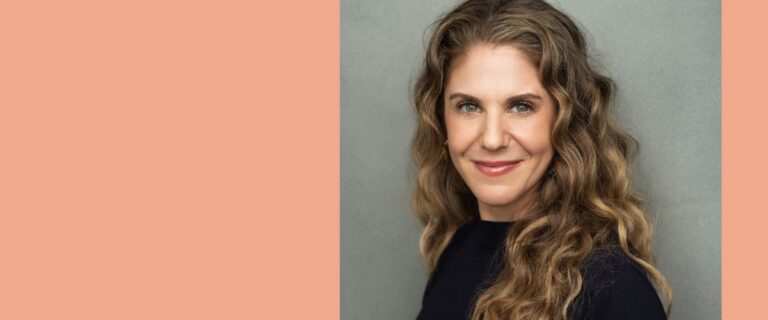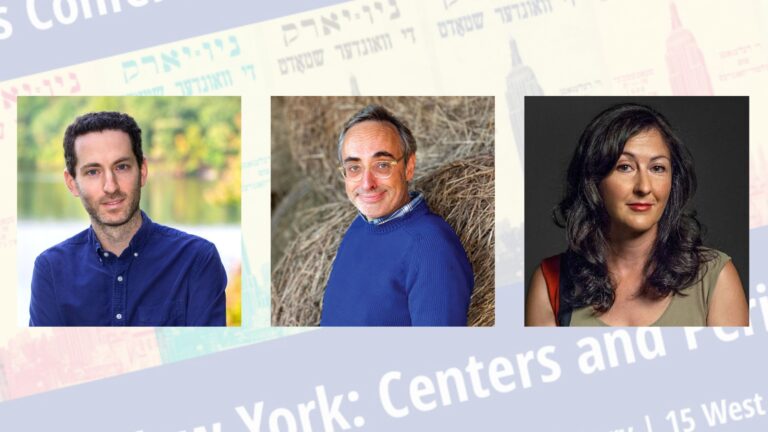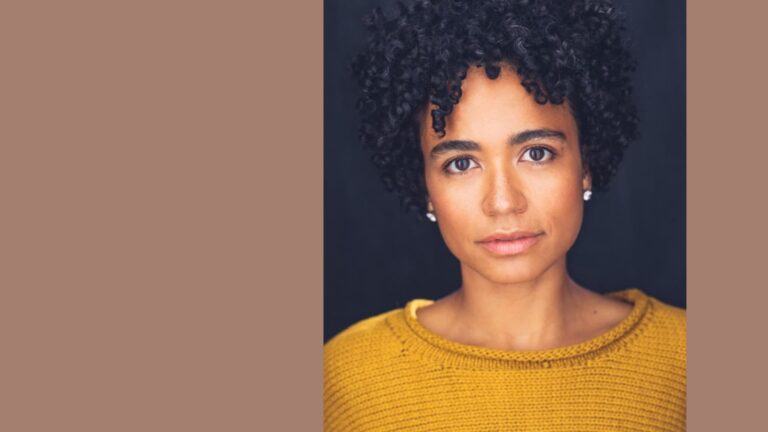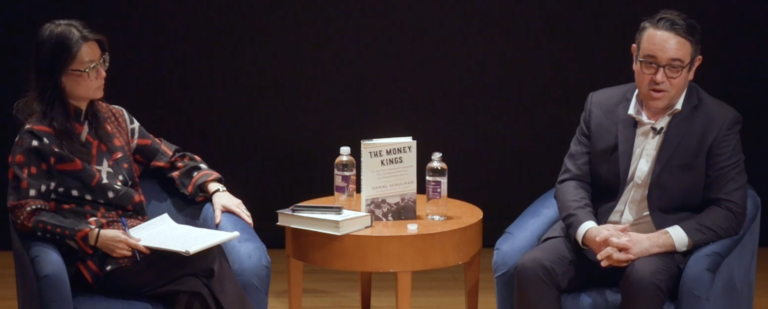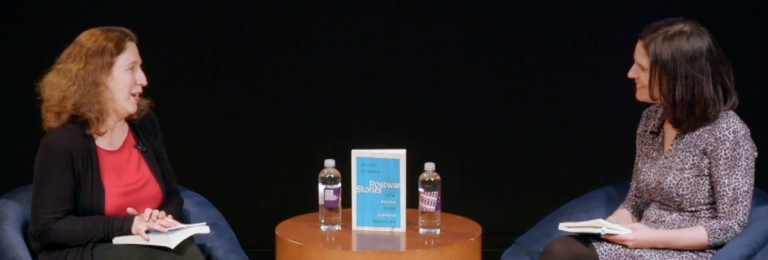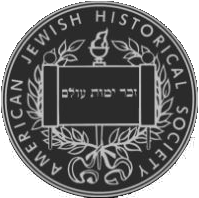This program took place in-person at the Center for Jewish History in NYC on March 5th, 2024 at 6:30pm ET.
Panelists discuss the Jewish labor movement from roughly 1880 to 1930 in New York City and beyond. They focus on how initially the Jewish labor movement in New York City was an internal struggle among Jewish workers and Jewish factory owners. Many garment shops and small factories were owned and operated by people who were immigrants from Eastern Europe, Germany and Russia. From 1880 to 1940 2.5 million Eastern European immigrants would come to the United States and half of them would end up living in New York City, of that population half would at some point work in the garment industry.
Panelists go on to address how discrimination around gender, race, and ideology can be found throughout this period of organizing. Male unions refused to organize women even though 80% of the workers in the garment industry were female. During this period 80% of clothing sold in the United States was produced in New York City garment factories. Recognizing the potential impact on the industry if they refused to work, women began to use the power of strikes to demand better working conditions. Religion and ideology could unite but also created fractions, as many Jewish unions were comprised of individuals who identified as secular, and union leadership were often proponents of Socialist and Communist ideology, which was a distinct difference from other cultural labor groups of this period. Tensions around the ideology of the union was also a sticking point, as those from a Socialist Eastern European background were looking for a revolt against capitalism, while others wanted a social collective of skilled workers like other American unions. Race and cultural identification were sometimes used as an exclusionary factor, in the early 20th century many Jewish union activists would organize alongside Italians and would admit Black Americans but routinely excluded Asians.
The discussion culminates with the Jewish labor movement being pulled apart in the 1920s though differences in ideology, and expansion into other industries. Our panelists discussed how the movement geographically crossed the United States to California where the alliances and tensions with Black, Chinese, Japanese, and Pilipino workers looked different than it did in New York.
Topics covered in this program: Eastern European Immigration, Anarchism, Communism, Socialism, Russian Empire, The Bund, Workmans Circle, Yiddish, Needle Trades, International Ladies Garment Workers Union (ILGWU), Industrial Workers of the World (IWW), Triangle Shirtwaist Factory Fire, Uprising of the 20,000, Kosher Meat Boycott, Kosher Meat Riot, Rose Schneiderman, Rose Pesotta, Bread and Roses, World War I.
Cameron Black (Panelist) – Assistant Professor of Labor Studies at the CUNY School of Labor and Urban Studies.
Alice Kessler- Harris (Panelist) – R. Gordon Hoxie Professor Emerita of American History in honor of Dwight D. Eisenhower, and Professor Emerita in the Institute for Research on Women and Gender both at Columbia University.
Tejasvi Nagaraja (Panelist) – Assistant Professor of Labor History, Global Labor and Work at Cornell University’s School of Industrial and Labor Relations.
Daniel Walkowitz (Panelist) – Professor Emeritus of Social and Cultural Analysis and Professor Emeritus of History at New York University.
Mary Anne Trasciatti (Moderator) – Director of Hofstra’s Labor Studies Program and Professor of Rhetoric and Public Advocacy.

